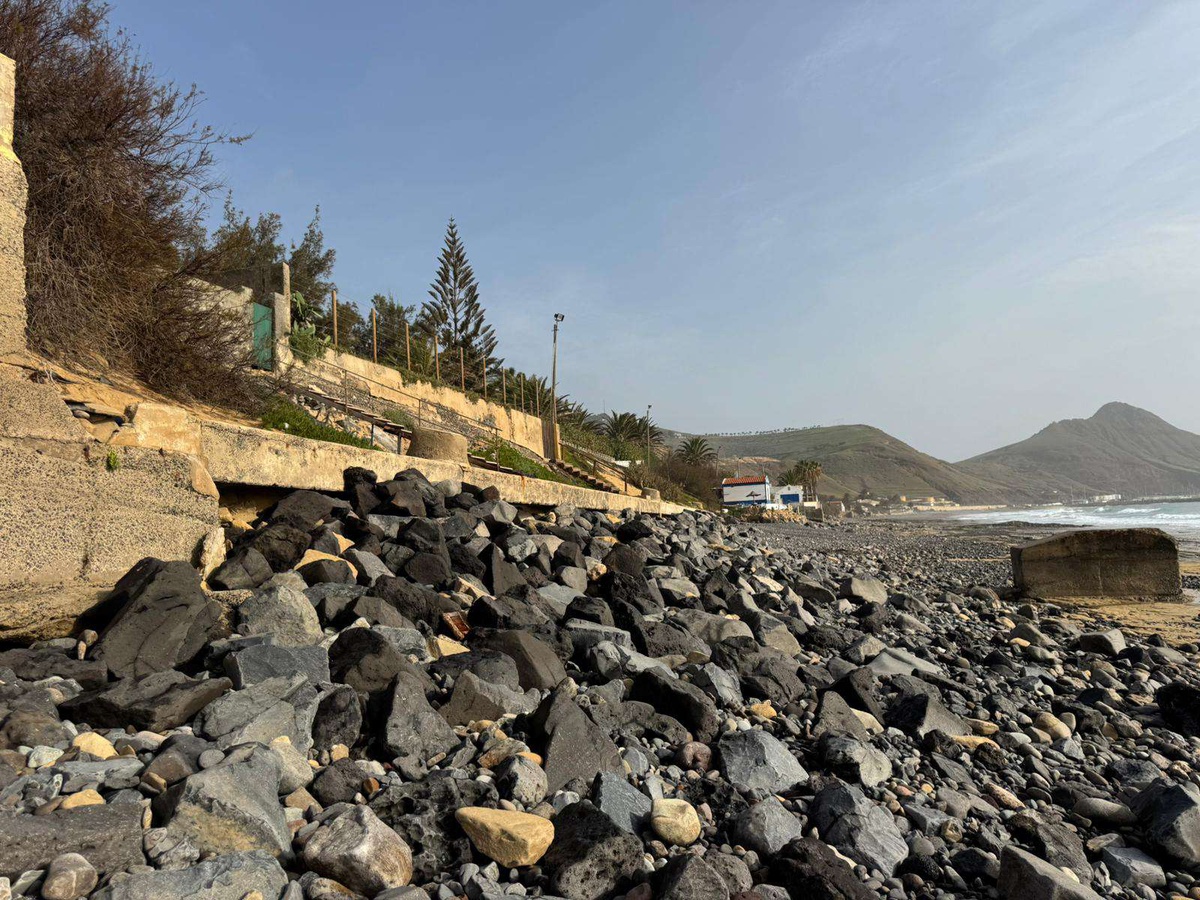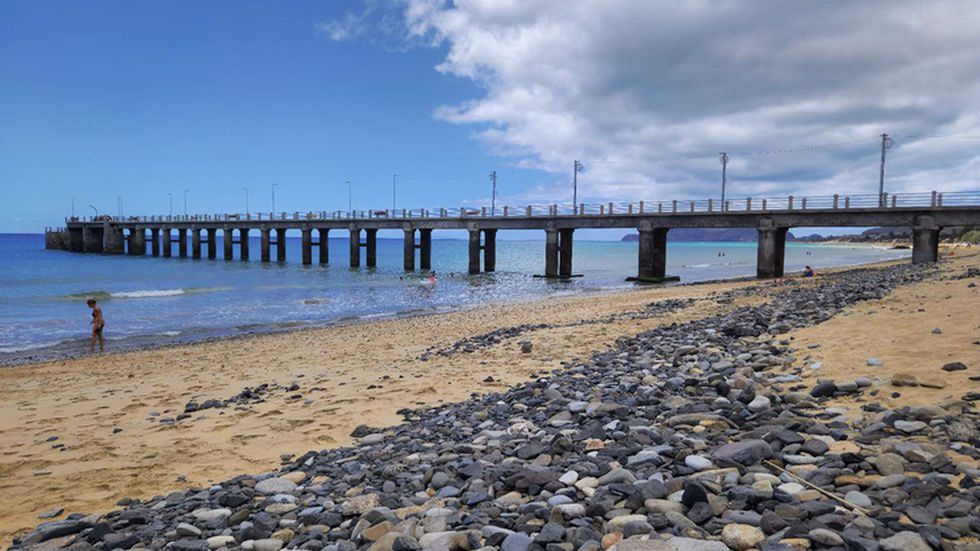The fact that Porto Santo beach is covered in rocks has left many visitors and residents disappointed. As DIÁRIO reported in today’s printed edition, the sand of the ‘golden island’ has given way to a lot of pebbles, ‘stealing’ the beauty of this beach at the beginning of winter.
The news has already received over 150 comments, some of which express concern about what happened. However, some say that this is a phenomenon that happens every year in winter, but in summer the sand returns. Is that really the case?
João Baptista, a researcher at the University of Aveiro, explains that “the hydrodynamic system of Porto Santo beach is an extremely strong system with sudden changes depending on adverse weather conditions”.
Technical and scientific studies carried out over the last three and a half decades in the eastern sector of the beach, between the Penedo area and the mouth of Ribeira do Tanque, over an approximate distance of two kilometres, show that in the autumn/winter period the beach enters a phase of “slimming”, that is, it has less sand.

The geologist engineer also adds that the more adverse the weather conditions and the prevailing winds from the South, Southwest and Southeast quadrants, the greater the sand removal.
“This removal can be done in a matter of hours. Overnight, for example, we can have two or three meters less sand on the beach,” he explained, noting that, later, during the spring-summer period, “the beach becomes thicker,” meaning “there is a greater quantity of sand on the slab, on the base of the beach. If there are winds from the north quadrant heading northwest or northeast, the sand supply is much greater.”

He also explained that the monitoring being carried out by the research team at the University of Aveiro in the eastern sector between the Porto de Abrigo breakwater (Penedo beach) and the mouth of Ribeira do Tanque has shown that over the last 30 years this beach sector “has shown a tendency towards a high to very high risk of erosion”.

“Last week we had adverse weather conditions, with prevailing winds from the south that ended up removing and transporting much of the sand in the aforementioned section of the beach to the open sea. However, we must not forget that it was from this same section that a large quantity of geological materials were extracted and removed that were used in the construction of the shelter port, causing a significant lowering of the beach. The entrance to the boathouses currently has a drop of around 3 to 3.5 m in height compared to the beach-sea level. Another observation is that many of the infrastructures that are built there would have already collapsed if it were not for the construction of the walls and the solid load, large blocks deposited there. For example, if we compare aerial photographs from different time periods, we see that there have been setbacks of more than 20 metres”, explained João Baptista, noting that the future trend is to build a wall along the entire length of the beach sector to prevent the sea from continuing to enter and putting people and property at risk.


